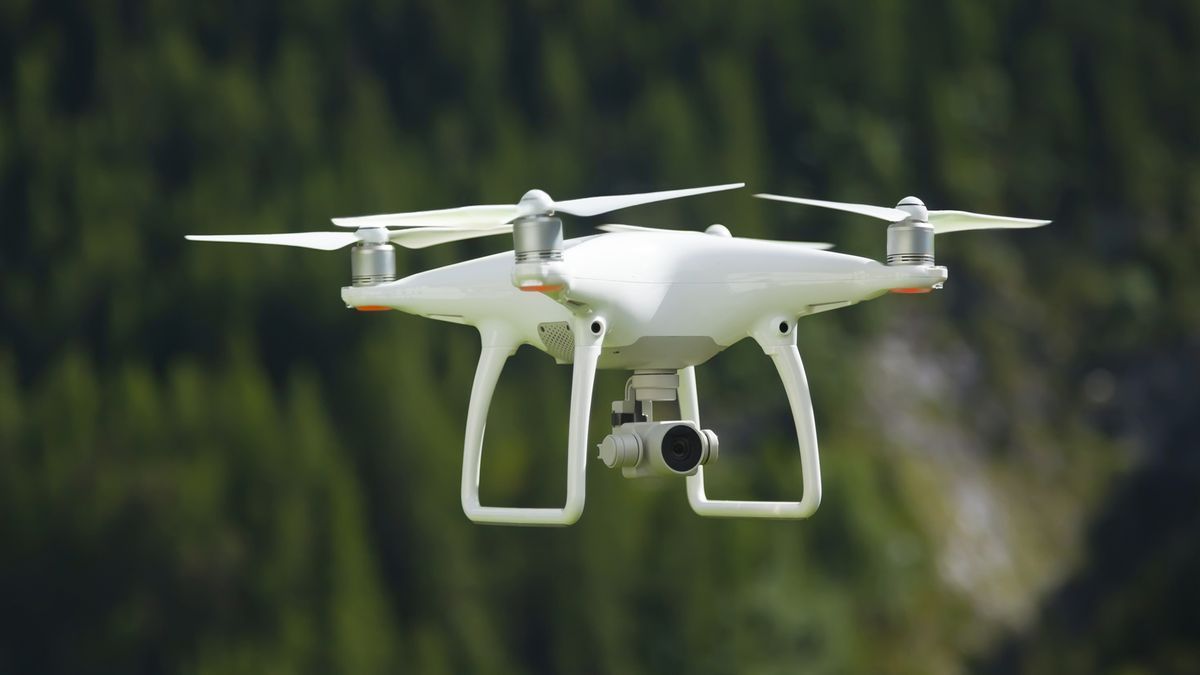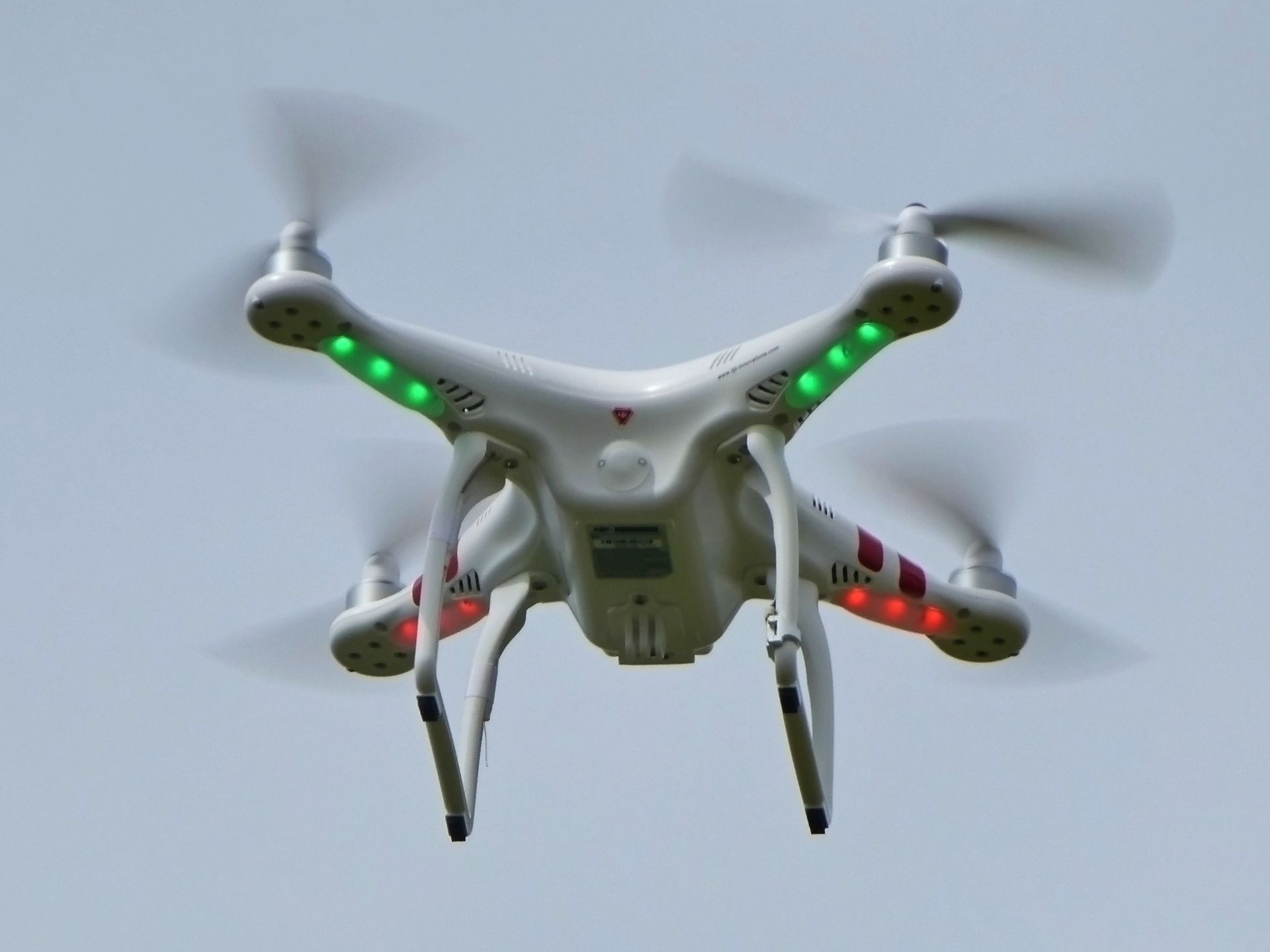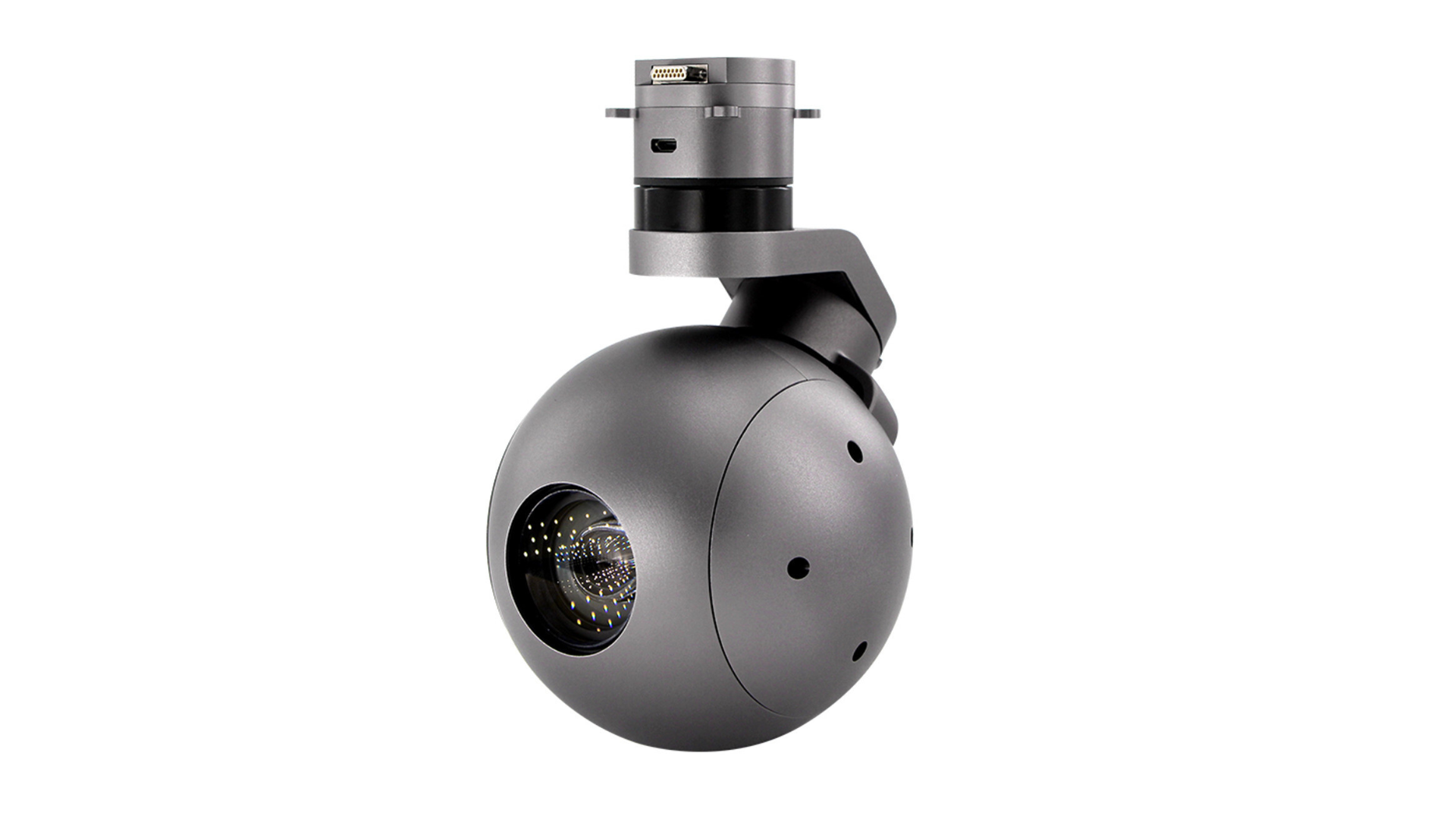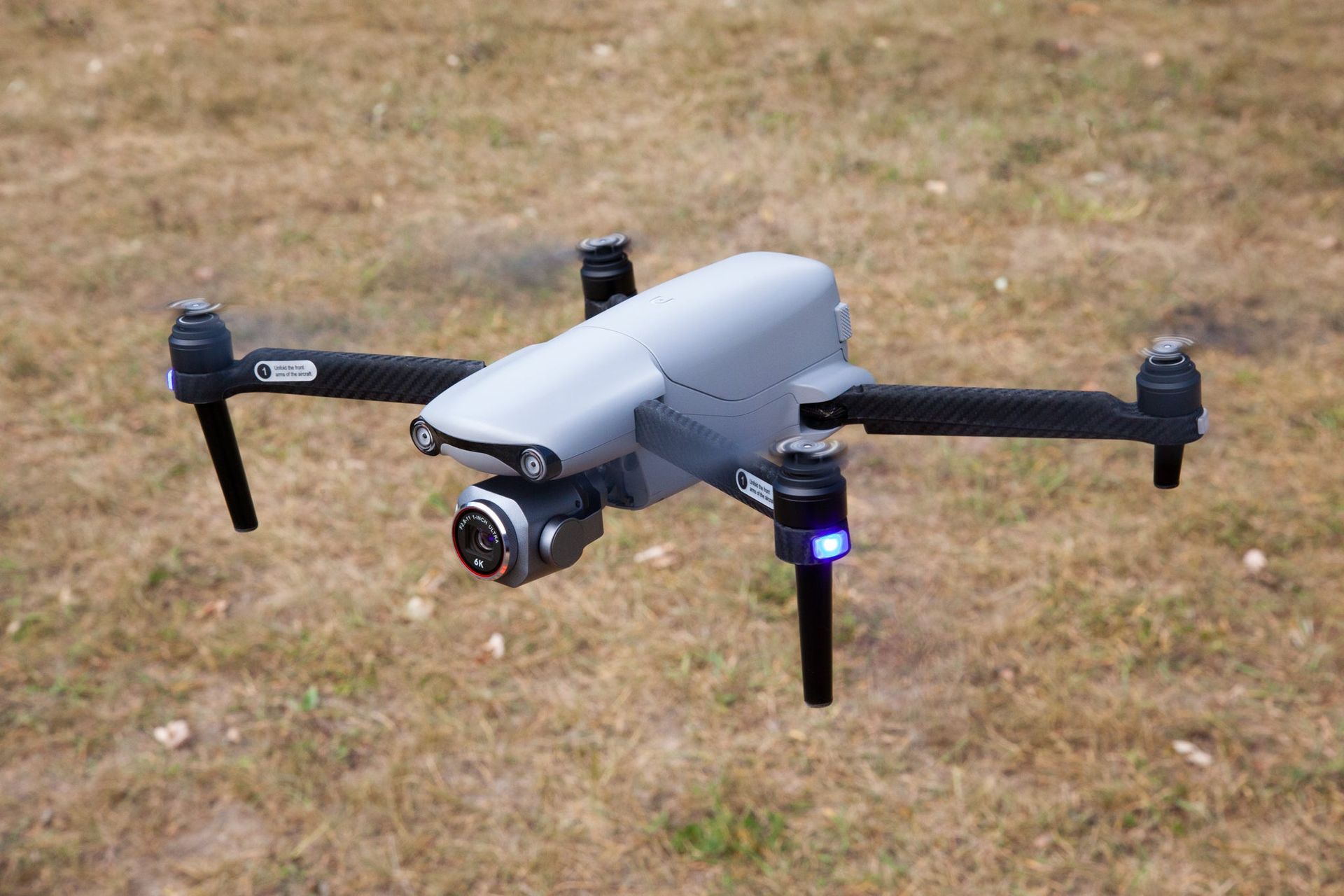
Autonomous flying vehicles and drones have become life savers, literally.
We rarely give a shout-out to our neighbors in Orlando, Fla., and the Central Florida region in this space. The industries we touch, while prevalent here, have a much further reach than our little neck of the technological woods.
However, we recently saw something interesting that we love to see our friends do. A company called Archer First Response Systems recently launched a pilot program - no pun intended as there are no pilots involved here - with a hospital system in Tampa.
Using drones loaded with first aid response kits, the company can send potentially life-saving equipment using autonomous flying vehicles to an area near Tampa General Hospital.
That got us thinking about drones.
Below, you'll find six key moments in the development of drone technology that have made something like the above example possible.

The Development of Affordable Autopilots (Early 2000s): If you are of a certain age, you remember when drones were toys for the rich. They required both money and expertise in piloting.
However, as autopilots became more accessible, hobbyists and early commercial applications became more common. This was a perfect case of not knowing what one innovation would lead to.
But this opened some doors in the drone industry that still bear fruit today, more than 20 years later.

The Rise of Multirotor Designs (Mid-2000s): What do you get when you move from fixed-wing constructs to multirotor models? Maneuverability. Stability. Agility.
The ability to navigate tight spaces without clipping a wing and blowing up. The new builds allowed more freedom to explore which, in turn, provided some smart people a new platform to discover new uses for these devices.

Integration of High-Resolution Cameras and Sensors (Late 2000s): This is the doozy of this list. What good is a drone if you can't have the best footage come of it? Early drone cameras offered limited resolution and functionality.
Advancements in miniaturized cameras and sensors allowed for high-definition video, thermal imaging, and multispectral data capture. This enabled drones to gather valuable data for industries like agriculture, construction, and filmmaking.
Again, being able to fly a camera into tight spaces to gather unviewable footage is essentially useless.
The Introduction of Beyond Visual Line of Sight (BVLOS) Operations (2010s): If I can't physically see the drone, how can I pilot? Good question, regulator of the past.
It took forward-thinking regulators and regulations to open the doors to applications like long-range inspections, delivery services, and disaster response like the one we mentioned in our intro.
Once again, the regulations ushered in yet another era of utility for drones that we are just getting started with.

Advancements in Battery Technology (2010s-Present): Limited battery life was a major hurdle for drone applications. Especially in the early days, the roar of the propellers could telegraph clearly the amount of power it took to keep these puppies in the air.
However, improvements in battery technology, including increased capacity and lighter weight, allowed for longer flight times and expanded operational range. This made drones more efficient and practical for various industries.
The Rise of Artificial Intelligence (AI) Integration (2010s-Present): Here we go. Now we're talking, right? Artificial intelligence has taken over the world and it's no different in the drone world.
Recent advancements involve integrating AI into drone operations, meaning autonomous flight paths, obstacle avoidance, and real-time data analysis. AI-powered drones can perform complex tasks like automated inspections, search and rescue operations, and traffic management.
Understand that this list doesn't touch on specific uses, necessarily, for drones, which can be as benign as grocery delivery and as lethal as military uses. But it does show that the technology will continue to evolve as society's needs develop and the tech behind drones improves.




